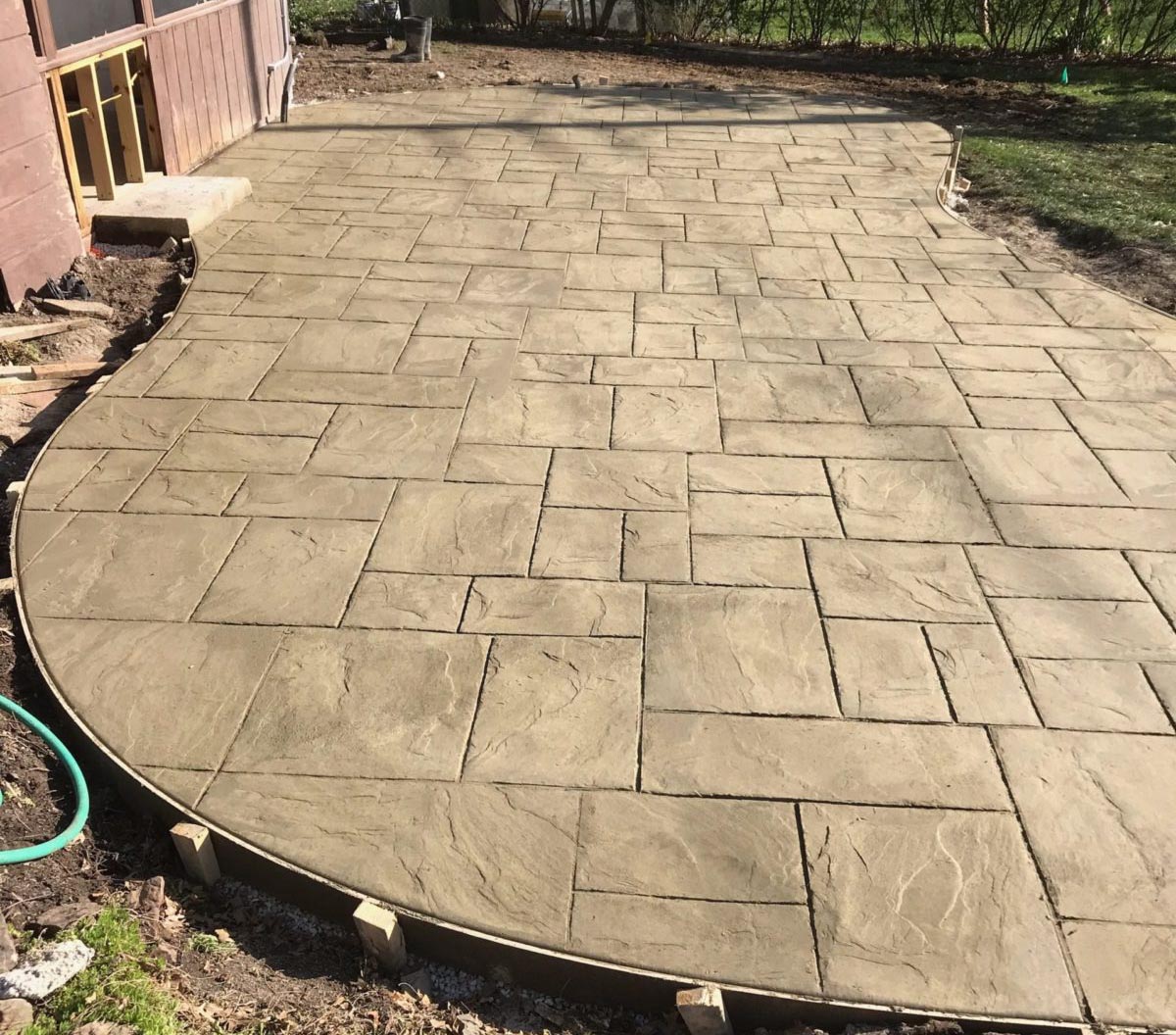A general contractor (GC) manages construction projects from start to finish. They obligate themselves to project outcomes through contractual agreements with clients or project owners.
The GC at Infinity Restoration is responsible for managing and keeping the project’s progress within budget. They may also handle supply chain management for the project’s materials and personnel.
A general contractor manages a complex array of responsibilities for the entire construction project. They hire specialty contractors such as mechanical or electrical contractors to perform specialized work on a specific part of the building. They coordinate these subcontractors, oversee their work onsite and inspect it for quality. They also deal with material and equipment suppliers, who often act as installation contractors and have significant influence on the cost, schedule and completion of a project.
A well-trained and experienced project manager is a key component of a good general contractor team. They understand your goals and priorities, and ensure that all project consultants are aligned with those goals. They use project management tools to track progress, communicate with stakeholders and keep you updated on milestones and timelines.
As the owner’s representative, they will take on a leadership role in developing and establishing plans for the construction process, including the overall sequence of operations, budget, schedule and quality requirements. They will also work with the architect and engineer during the design phase to provide input that makes the project constructible and cost effective. At the completion of the engineering design, they will enter into a construction contract with a general contractor through competitive bidding or negotiation.
Many public agencies are now using the Construction Management (CM) delivery method. This allows them to engage a CM early in the design process to provide constructability input and assist the design team with scheduling, pricing, phasing and other input to make the project more constructible. At the completion of the design, the CM will negotiate a guaranteed maximum price with the general contractor.
As you can imagine, all of this expertise comes with a premium price. Typically, general contractors charge 20% of the overall cost of the project as their fee. For some, this is a convenience worth paying for. For others, it may be worth looking for ways to reduce that percentage and keep costs in check.
Contract Negotiation
Contract negotiation is a key aspect of the general contractor role. The contract is what drives the entire project, and the GC is responsible for ensuring that it covers all necessary details to protect their interests while also providing value to the client. A good understanding of the project scope, scheduling requirements, and risk management processes are essential to a successful negotiation. In addition, having a thorough knowledge of state laws governing construction contract language is also useful. Many times, a GC might find that the form contracts used by an owner or GC include language that doesn’t jive with the specifics of the law in their jurisdiction, which opens the door for renegotiation.
A general contractor can take several different approaches to contract negotiation, such as preparing and reviewing drafts of the project specifications, gathering documents that support the negotiated terms, and setting a timeframe for completing negotiations. It’s important to remember that each party is a person first and that their emotions can affect the negotiation process. In order to have a successful negotiation, it is critical that each party maintains integrity and looks for a win-win solution.
During the commercial bid process, owners often pit multiple contractors against one another in an effort to get the best possible price for the project. Unfortunately, this can often result in multiple change orders down the road, which drive up costs and create potential schedule delays. Using a negotiated process can yield better pricing while eliminating the need for numerous changes and creating a more collaborative environment.
When negotiating with clients, it’s essential to understand their needs and goals. This will help you determine which issues to pursue during the negotiation process. It’s also a good idea to have a written checklist of items that need to be addressed, as well as a list of your own priorities.
One of the most challenging areas for a GC to negotiate is the project scope, or statement of work. Oftentimes, the scope is poorly defined in the document and may not be consistent with the design intent of the project or its overall goal. This is especially true if the scope includes undefined terms or uses industry jargon that can’t be easily translated. In this case, it’s helpful to ask the client to break down the project by identifying the who, what, when, where, and why of each task in the scope to ensure clarity.
Subcontractor Management
One of the hardest tasks for any general contractor is managing subcontractors. They’re not mind readers, so you need to write out exactly what it is that you expect from them in an easy-to-read document. Using software programs for this purpose is often helpful, as these tools can create very detailed images that speak for themselves and leave no room for interpretation.
Having clearly written tasks for subcontractors helps you avoid disputes and claims. In addition to this, it is also important to have regular meetings and progress reports so that any issues can be discussed. This helps keep everyone informed of what is happening on the project and how it’s going to be resolved.
The first step of subcontractor management involves identifying what work needs to be done and getting quotes, bids, or proposals from different subcontractors to see who can do it the best. You’ll also need to determine what contract type you’re going to use. For example, unit price contracts are great when you know exactly what work is needed and have a good idea of the materials that will be used. They are usually easier for the subcontractor to estimate, and can be much quicker to compare than a lump sum contract.
Once the scope and timelines are determined, you’ll need to finalize the contract details with the subcontractor. For example, you’ll need to discuss which payment terms and if there will be any add-ons or changes to the original work description. The contract should also include the payment schedule and if you’re going to require a bond.
Another piece of subcontractor management is ensuring that all work meets safety and quality standards. This is especially important when working with non-union subcontractors. To ensure this, you’ll need to vet them thoroughly. This includes checking references and asking for work examples. In addition, you’ll want to check the subcontractor’s insurance policies and make sure they are up to date.
Keeping tabs on all of this can be difficult, but it’s critical to subcontractor management. Using an all-in-one construction safety platform makes this task much easier. It gives you global visibility down to the individual worker, so you can quickly see if any of your workers’ orientations haven’t been completed or their certifications are out-of-date. This allows you to remediate the issue right away and keep the jobsite safer, more efficient, and productive.
Safety
Construction sites are inherently dangerous places, which is why GCs need to be committed to keeping them safe for all involved. They must be aware of hazards and know how to properly respond to them on the fly. They must also ensure that safety protocols are in place, routinely evaluated, and updated as needed. Additionally, GCs must be willing to address safety issues in a timely manner and work with the client and/or project owner to find solutions that minimize risks.
While a GC’s primary responsibility is to meet the expectations of the project owner, they must also balance their interest with those of other key stakeholders on the job site, including subcontractors, vendors and suppliers, the architect, engineers, and property owners. For example, if the project is behind schedule and costs are rising, the GC must be able to negotiate with the owner or project team to come up with a solution that protects their interests while meeting the needs of the owner/project team.
The GC must also be a critical link in the payment chain, which involves the remittance of funds from the project owner to different tiers of contractors and suppliers. The GC must be sure to secure lien waivers, streamline paperwork and communication, and manage the overall process effectively in order to ensure that all parties receive their payments on time.
Lastly, the GC must be aware of and abide by the various federal and local laws, codes, and regulations pertaining to workplace health and safety and environmental protection, as well as any union-negotiated contracts with onsite workers. They must also comply with any project-specific safety rules and procedures established by the project team or the governing body.
The GC must be prepared to defend against OSHA inspections and challenges to citations for violations of occupational health and safety standards on multi-employer worksites, as they are often held jointly responsible with the actual employer for the conduct of their subcontractors at those worksites. As a result, the GC must be able to demonstrate that they exercised reasonable care in supervising their subcontractors and took appropriate actions to prevent or correct unsafe conditions on their worksites.


